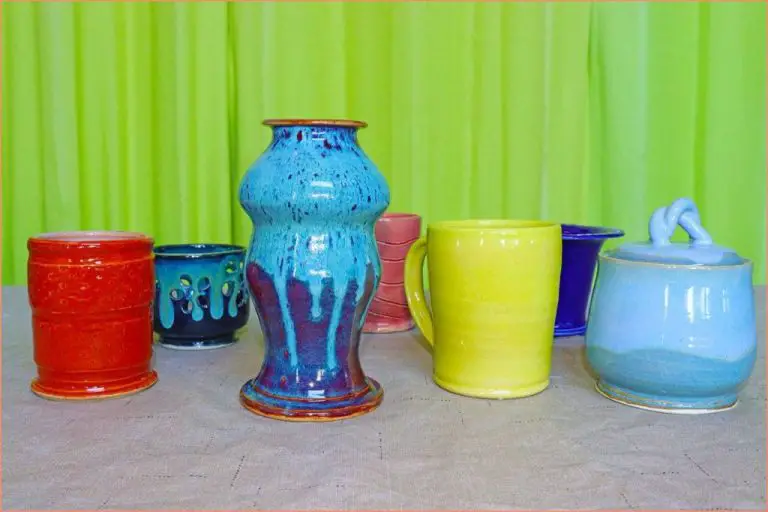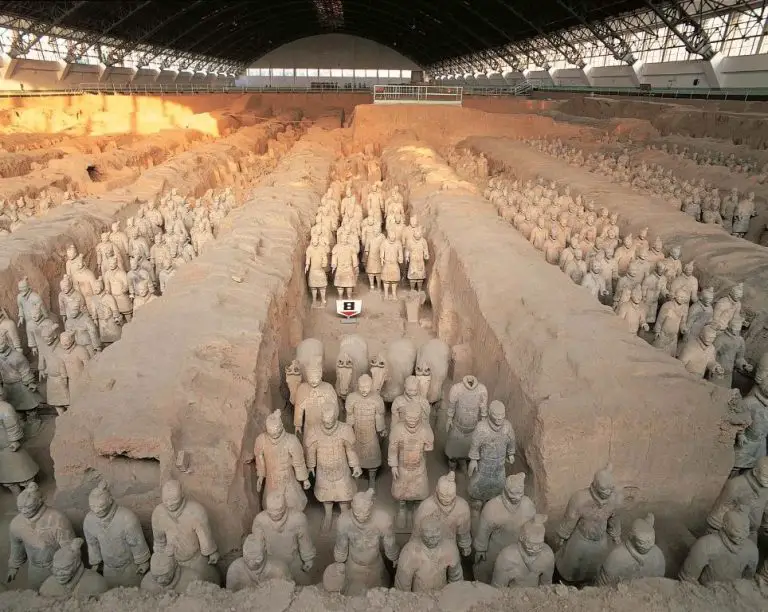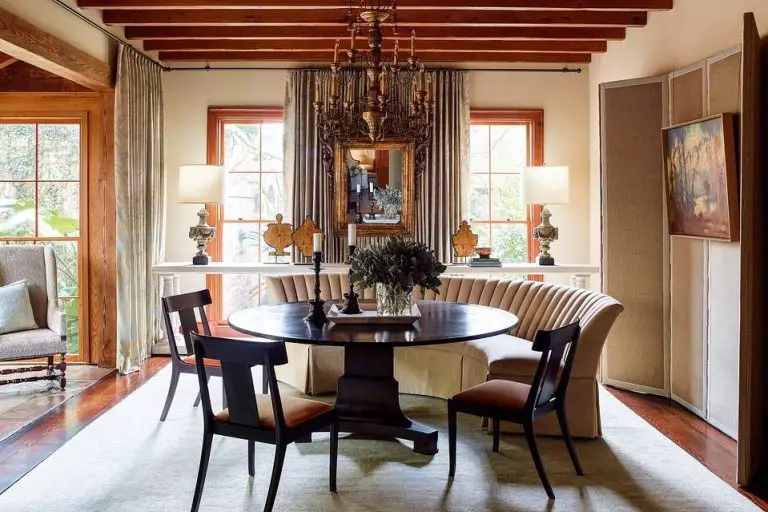What Happened To The Detroit Opera House?
The Detroit Opera House opened in 1922 and was designed by renowned theater architect C. Howard Crane. The lavish Beaux-Arts style opera house featured a grand lobby with marble staircase, intricate plasterwork and murals, and a beautifully decorated auditorium with seating for over 4,000 people (Detroit Opera House History, https://detroitopera.org/about-us/detroit-opera-house-history/). Located in downtown Detroit’s Grand Circus Park, the Opera House quickly became a centerpiece of the city’s vibrant cultural scene in the early 20th century.
Decline of Detroit
Once among America’s most populated cities, Detroit has undergone a remarkable decline over the past several decades. Most pointedly, Detroit’s population began shrinking at an alarming rate. After peaking at nearly 1.9 million residents in 1950, Detroit’s population plummeted to just over 700,000 by 2017, representing a staggering 63% reduction. According to new census estimates, Detroit continued its precipitous population decline, losing around 71,500 residents between 2020-2021 1. This ongoing exodus of residents out of Detroit proper has been driven by various factors, most notably the rise of surrounding suburbs and ongoing urban decay within the city.
Beginning in the 1950s and 60s, wealthier white residents began migrating out of Detroit into newly constructed suburbs. Meanwhile, the city’s core suffered dramatic job losses as the dominance of Detroit’s automotive manufacturing industry receded. With fewer employment opportunities, Detroit’s tax base and economy entered into a downward spiral from which the city has yet to fully recover. Decades of population decline led to abandoned, dilapidated housing and ongoing urban blight within Detroit. Today, the city’s population continues its descent despite recent renewal efforts, dropping under 620,000 in 2022 according to the latest census data2.
Closure and Neglect
In the late 1970s, the Detroit Opera House began to struggle financially as the city declined. It officially closed its doors in 19781. The theater sat vacant for several years, falling into disrepair without regular maintenance or upkeep. Parts of the interior were damaged by water leaks and vandalism. In 1981, an attempt was made to reopen it briefly under the original name Grand Circus Theatre, but it closed again after a minor fire in 1985 caused additional damage2.
Preservation Efforts
After years of neglect, there were growing calls in the 1980s to preserve and restore the Detroit Opera House. Concerned citizens launched grassroots campaigns to save the historic building and revitalize it as a cultural centerpiece of downtown Detroit. One notable effort was the “Save the Detroit Opera House” campaign started in 1987, which raised awareness and funds through benefit concerts, merchandise sales, and donations from over 8,000 supporters (https://detroitopera.org/blog/tag/capital-campaign/).
By 1988, the campaign had raised $1 million towards restoring and reopening the opera house. This demonstrated the public’s affection for the venue and desire to see it active again after so many years of abandonment. The grassroots preservation efforts brought together Detroit residents, arts enthusiasts, historic preservation groups, and city leaders around the common cause of rescuing an architectural treasure (https://detroitopera.org/3transformational-gifts-build-a-foundation-for-mots-next-50/).
Restoration
In the 1990s, the historic Detroit Opera House underwent a major renovation and restoration project. After being closed for over 15 years, the building was in a severe state of decay. Courtesy of Historic Detroit, interior photos from this time show peeling paint, crumbling plaster, broken windows, and a leaky roof. With no working restrooms or lighting, the abandoned opera house was an eyesore in downtown Detroit.
According to the Detroit Opera House’s official history, a successful capital campaign was launched in 1990 to fund the building’s restoration. Under the direction of the Music Hall Center for the Performing Arts, extensive renovations were undertaken over the next few years to return the Detroit Opera House to its original elegance. This included both interior and exterior restorations, such as repairing the ornate plasterwork and murals, replacing all of the seats, and restoring the grand chandelier and domed ceiling.
Reopening and Renewal
After being closed for over a decade, the Detroit Opera House reopened in 1996 after undergoing a $100 million renovation. The reopening was considered a major milestone in the revitalization of downtown Detroit, with the restored Opera House serving as an anchor for urban renewal in the city’s theater district.
The reopening gala on April 21, 1996 featured a star-studded performance with Luciano Pavarotti and other renowned opera stars, serving as a symbol of Detroit’s resurgence. According to the Detroit Opera House’s website, “On April 21, 1996 the Detroit Opera House opened, and was referred to as a ‘Motown Miracle.'” https://detroitopera.org/happy-25th-birthday-detroit-opera-house/
The restored Opera House became a premier performing arts venue, hosting Broadway shows, concerts, and opera performances. Its reopening catalyzed further development, with new restaurants and hotels opening nearby. The Opera House once again became a cultural jewel and an economic engine for Detroit’s downtown.
21st Century Operations
Today, the Detroit Opera House continues to host a wide range of performances and events. The current 2023-2024 season includes shows like Wicked, Dance Film Series, and Carmen by the Compañía Nacional de Danza de España. There are over 20 shows scheduled throughout the year covering opera, musical theater, ballet, and more.
The Opera House frequently partners with local arts organizations like the Michigan Opera Theatre and the Detroit Symphony Orchestra for productions. They also host touring Broadway shows and dance companies from around the world.
In addition to world-class performances, the Opera House remains committed to community outreach. They offer student matinees, public dress rehearsals, artist meet-and-greets, and other educational programs to make the arts accessible. The Opera House also partners with local charities and nonprofits for fundraising events.
Architectural Significance
The Detroit Opera House showcases the beautiful Beaux Arts architectural style and is considered one of Detroit’s most significant historic preservation projects. Designed by renowned Detroit architect C. Howard Crane, the Italian Renaissance-inspired building opened in 1922. Crane was known for his expertise in theater design, having created ornate palaces for live performance across the country.
The interior features a lavish grand lobby with marble staircases, gilded plasterwork, and massive chandeliers. The 2,700 seat auditorium contains a proscenium stage and intricate details including sculpted friezes, brass railings, and velvet curtains. After falling into disrepair in the 1970s, the Detroit Opera House underwent an extensive $12 million restoration starting in 1996 to revive its original splendor. The historic building is now protected and continues to host world-class opera, dance, and theatrical productions in a setting reminiscent of a bygone era.
Economic Impact
The Detroit Opera House has served as an anchor and catalyst for downtown development since moving into the historic theater in 1996. In the 1990s, the area was largely abandoned with over 70 vacant buildings. However, Michigan Opera Theatre’s $47 million renovation and move into the Detroit Opera House helped spur a renaissance for the neighborhood. According to Michigan Opera Theatre’s 2019 Annual Report, the Detroit Opera House now attracts over 125,000 patrons annually, contributing significantly to the economic revival of Detroit’s Grand Circus Park district.
Looking Forward
As Detroit continues its revitalization, the Detroit Opera House remains a centerpiece of culture and entertainment in the city. The opera house has an exciting future ahead, with plans to continue bringing world-class performing arts to Detroit.
The 2023-2024 season has been announced, featuring four operas that explore themes of collision and collage. Operas like The Marriage of Figaro and The Magic Flute will transport audiences through the power of music. Beyond opera, the venue hosts Broadway tours, dance performances, and more.
As Detroit’s arts and culture scene expands, the Detroit Opera House remains committed to showcasing talent and enriching the region. The restored opera house stands as a symbol of Detroit’s vibrancy and the city’s bright future.



